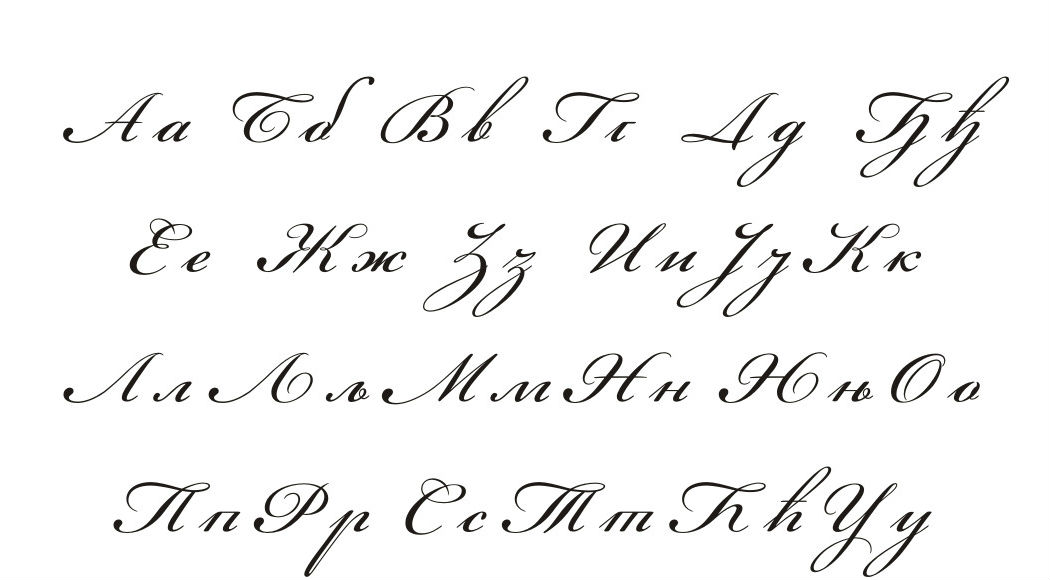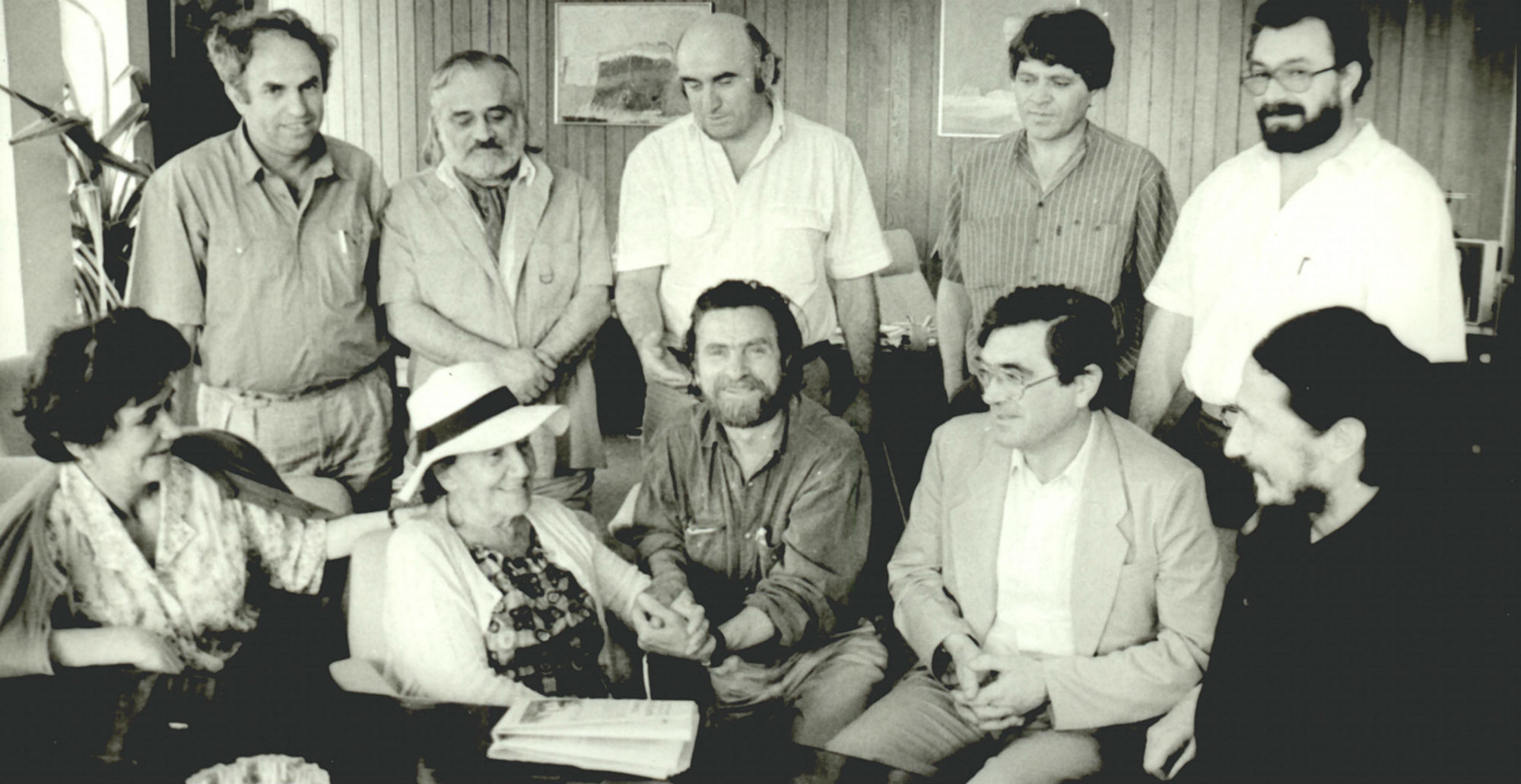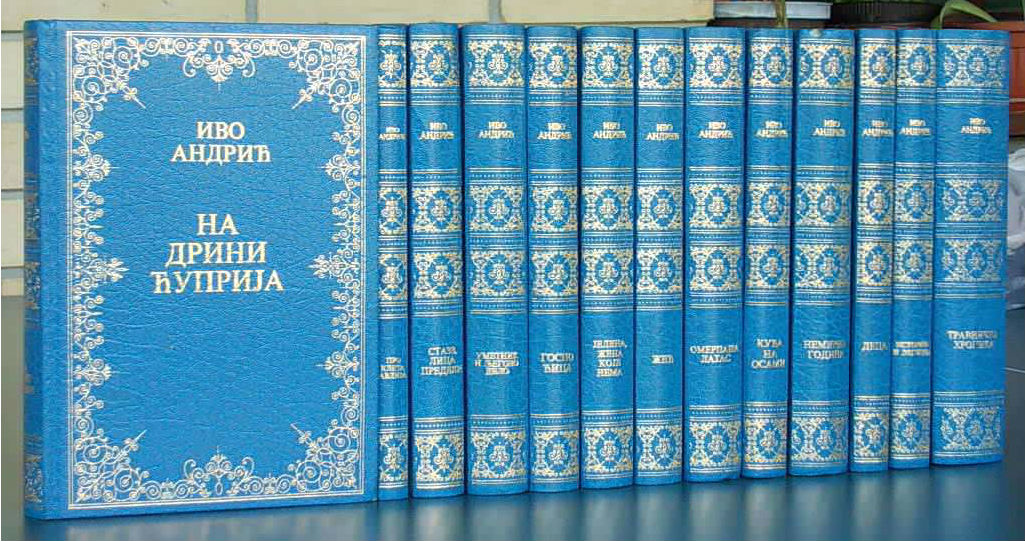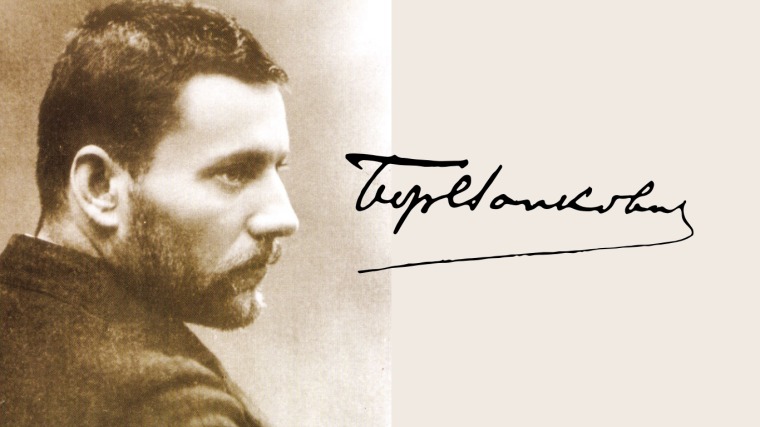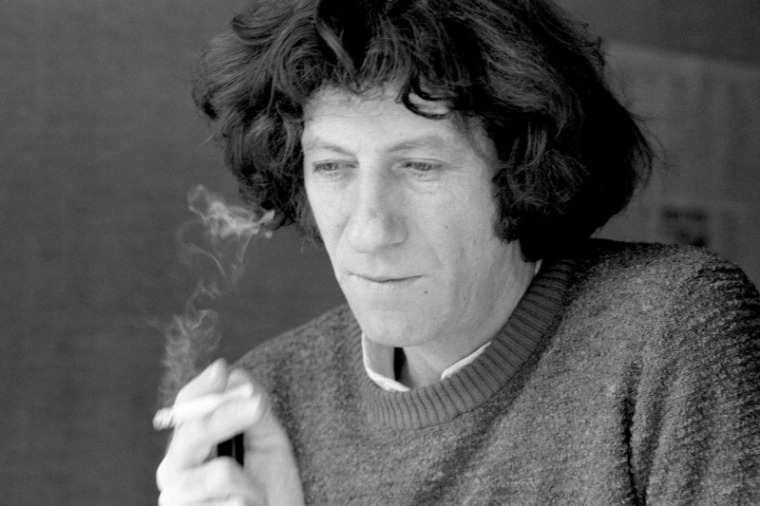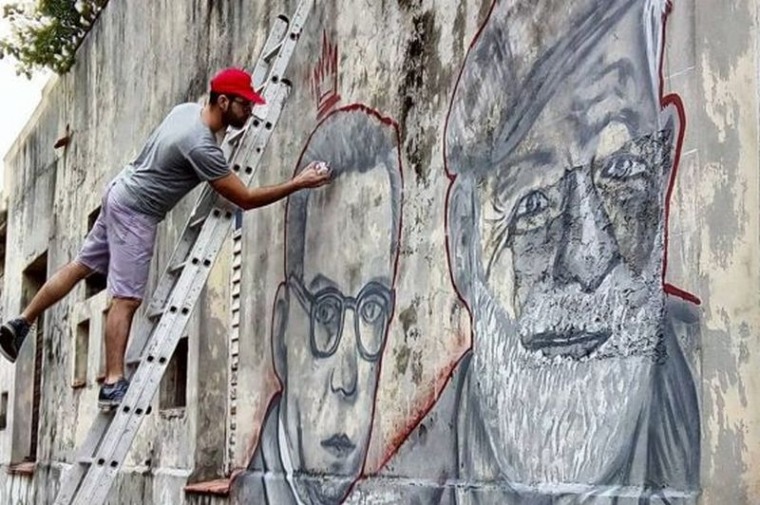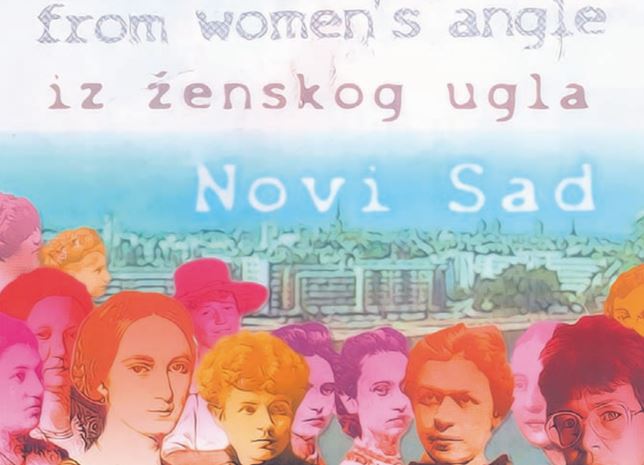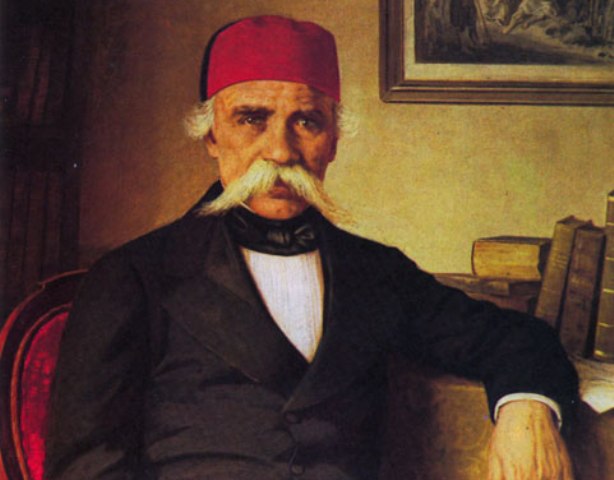The beginnings of Serbian literacy are associated with two educated Greeks from Thessaloniki, Cyril and Methodius.
Their missionary work gave birth to Glagolitic alphabet – the first Slavic alphabet that was created in the second half of the 9th century. At that time, the Byzantine cultural orientation was dominant in all fields of culture and Slavic literature, which was based primarily on translations from the Greek language.
Literature of medieval Serbia is closely connected with the rise of the state of Stefan Nemanja, and its form was very spiritual and religious. Priests were the founders of two main literary genres: žitije (hagiography – a biography of a saint or an ecclesiastical leader) and liturgical hymnography. The first literary texts that were expressing the personality of their authors in a more direct way appeared during the late middle Ages.
In the late 14th and early 15th century, the early stages of the Renaissance started to show. During Prince Stefan’s reign tendencies towards secularization of culture, individualism and antiquity started to emerge. He was the initiator of the literary renewal and founder of Manasija monastery in which the famous “Resava School” was founded. Literature was becoming increasingly artistic, poetic and lyrical in character, which all led to the literature becoming more modern.
People did not stop writing after the fall of Serbian medieval states under the Turkish rule. In fact, the majority of the old Serbian literature has been preserved in manuscripts that originate from the Turkish period. The first Cyrillic print-shop which was founded in 1493 also made its contribution. However, the original literary work was in a decline, print shops were closed and the books had to be copied manually (handwritten).
On the other hand, the standstill in Serbian medieval culture was advantageous for the development of popular oral literary works. Serbian people were excluded from the European cultural movement, because they were under the Turkish rule, which caused folk literature to takeover many functions of the written texts and artistic literature. Thus the Serbian folk songs became the main literary and artistic expression of the people.
However, the turning point with far-reaching consequences was caused by a large migration of Serbs. Possibilities for deeper cultural transformation and the creation of new civil culture based upon the Western European model were created in that period. This tendency will be achieved with the help of Dositej Obradovic, but until then the mixture of the elements of old and new, spiritual and secular, medieval and modern, religious and civil will remain.
In the last decades of the eighteenth and the early years of the nineteenth century, with the help of the first Serbian Minister of Education Dositej Obradovic, the centuries of Church Slavonic language tradition were thrown away and a new era of Serbian literature started. This period was marked by the historical and literary discoursecalled sentimentalism, in which the Serbian novel was fully developed. However, the newly created literature lacked the true Serbian spirit, realism and authentic folk lifestyle. The reformer of the Serbian language, Vuk Stefanovic Karadzic, solved this problem.
The Serbian Uprisings, Vuk Karadzic and Serbian folk songs are the three important factors that stand in close mutual correlation and which form the basis of Serbian literature of the nineteenth and twentieth centuries. This period contributed to the development of the Serbian folk song and original Serbian drama. Further on, romanticism became the leading literary movement, and in its midst some realistic writers started to emerge.
Literary movement that marked the period which ended with the beginning of the First World War is modernism. It brings renewed turn towards western European influences and the magazine “Serbian Literary Gazette” played the main role. Along with modernism, modern Serbian criticism and new poetic expression also developed. The revival of literary life began even during the First war, and in the coming period many modern trends, such as Expressionism, Futurism, Surrealism, Dadaism, Sumatraism (Sumatraism is an avant-garde art movement created by Serbian writer Miloš Crnjanski), were created and developed.
During the 1930s, the social literature movement started to emerge and it was reflected in the National Liberation War and socialist transformation. Serbian literature of the twentieth century brought a full recognition of women’s creativity, and the synthesis of the traditional and the modern has been achieved through works of the most important Serbian writer of the century – Ivo Andric.
The continuation of social literature has been brought by the literature of NOB (National Liberation War) after which the postwar literature came to the literary scene. Contemporary reality has become the imperative of modern literature; various literary movements started to appear again, but despite all, this period is characterized by the dynamics of literary development and significant creative results.

